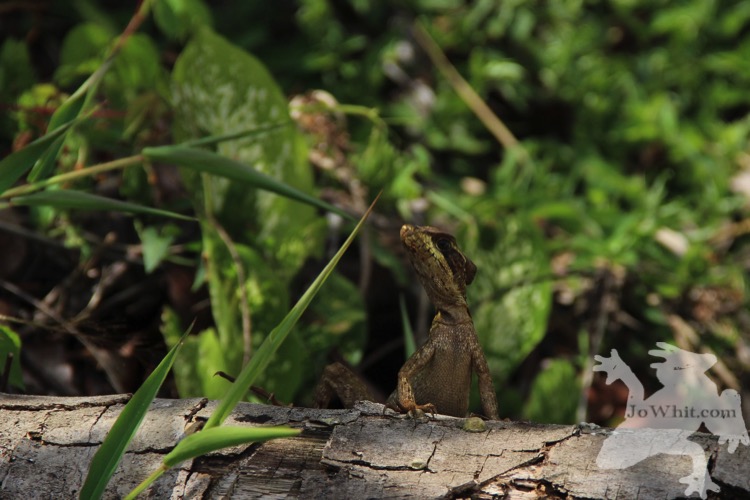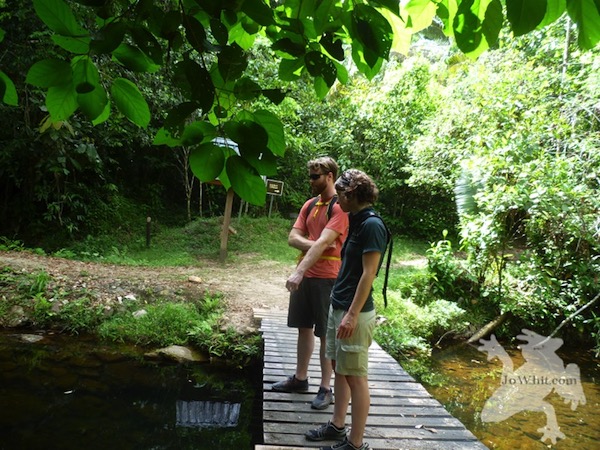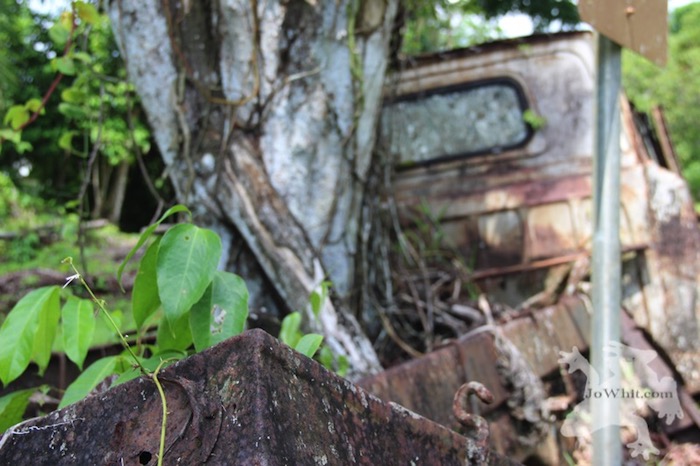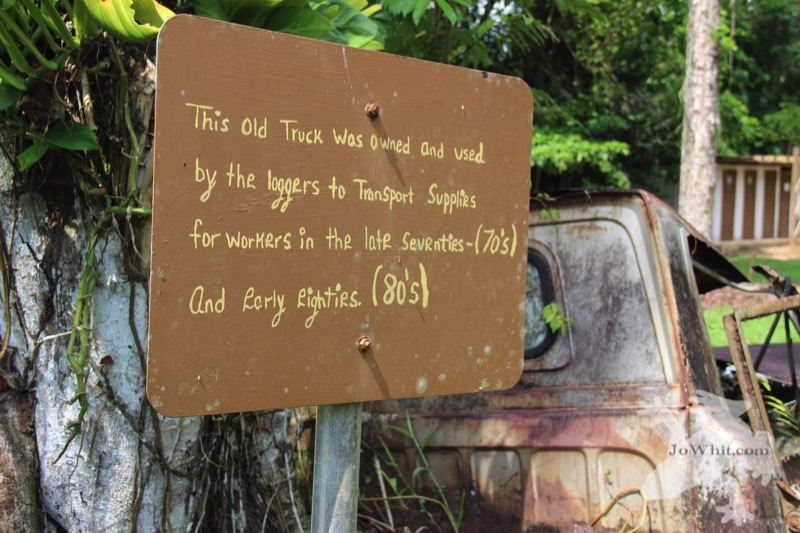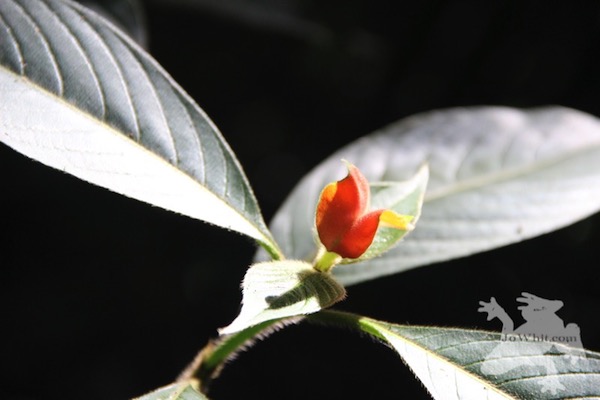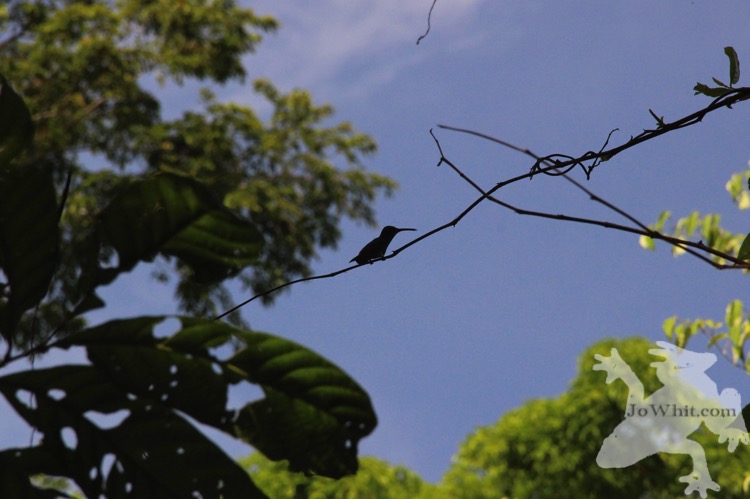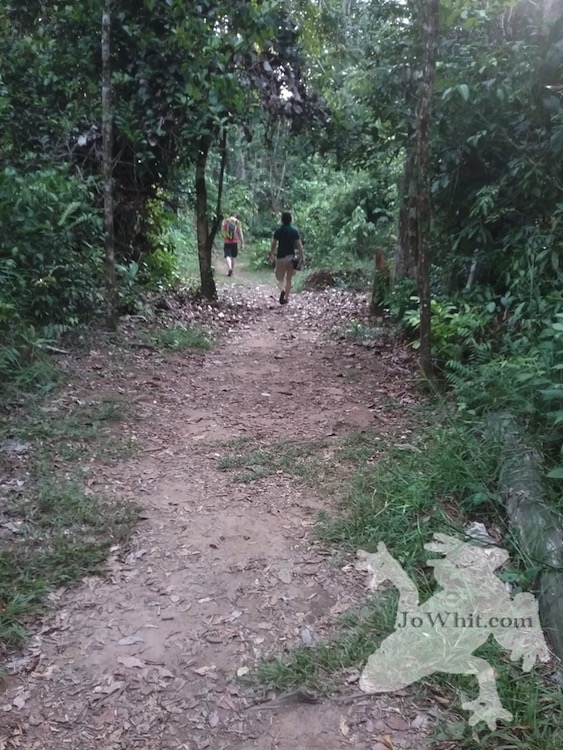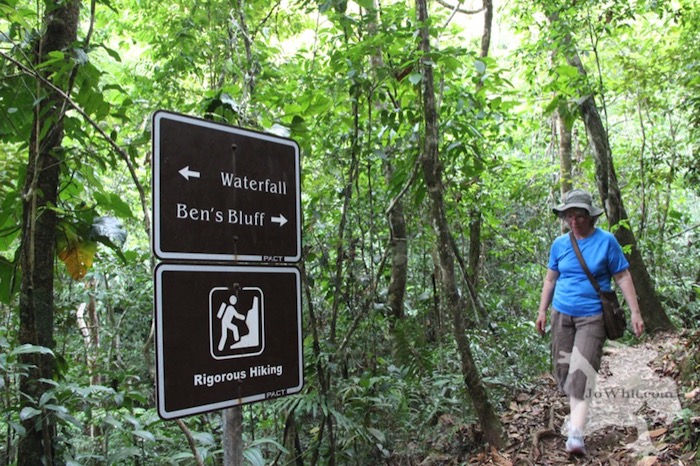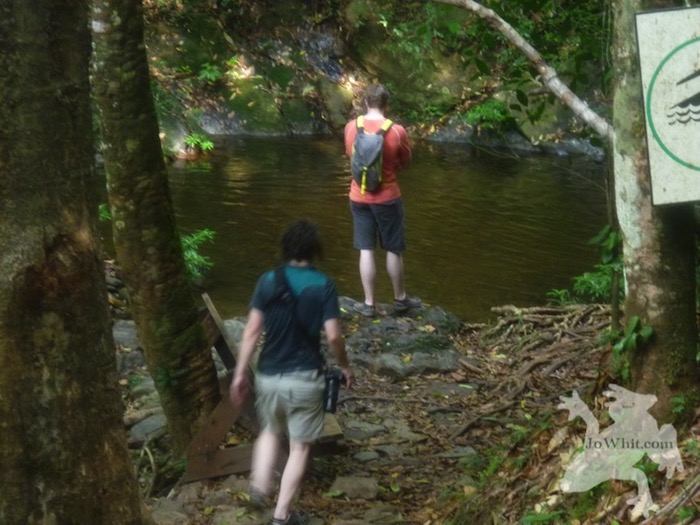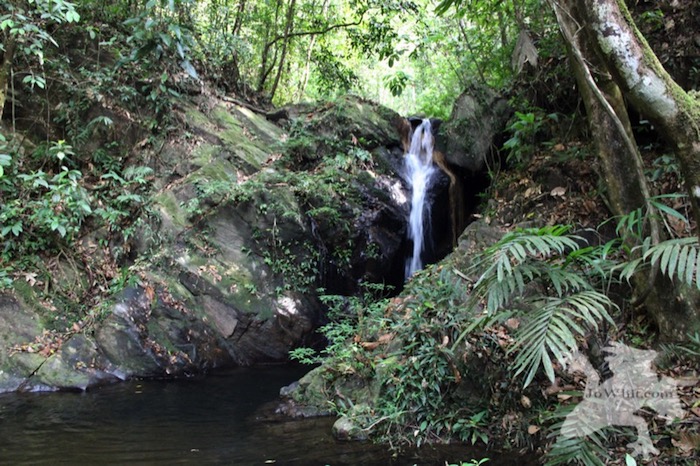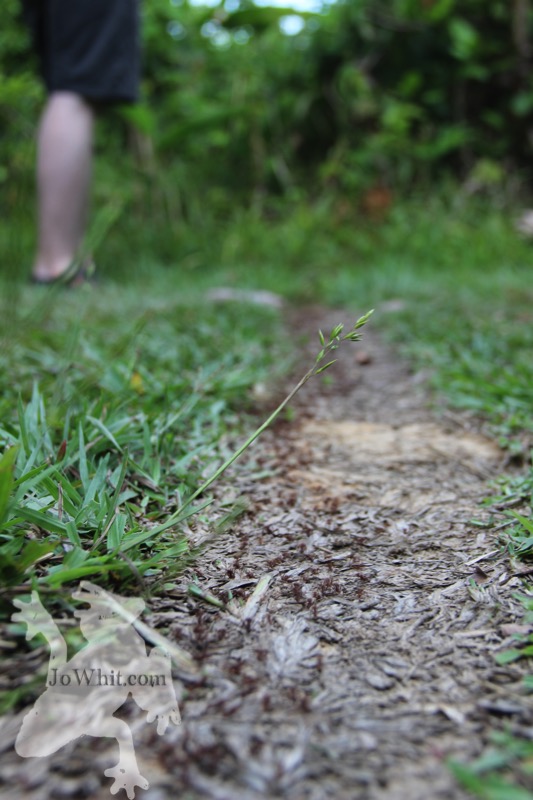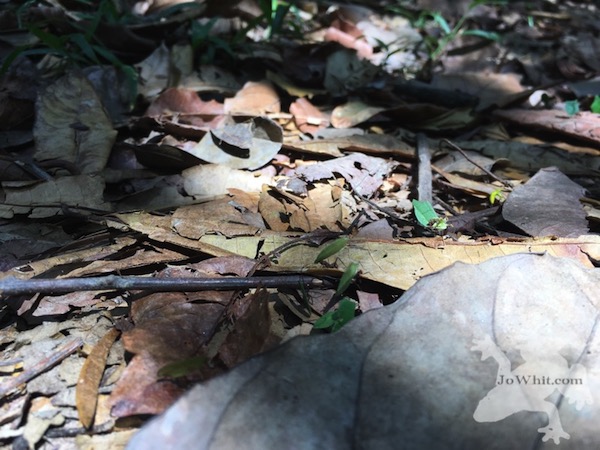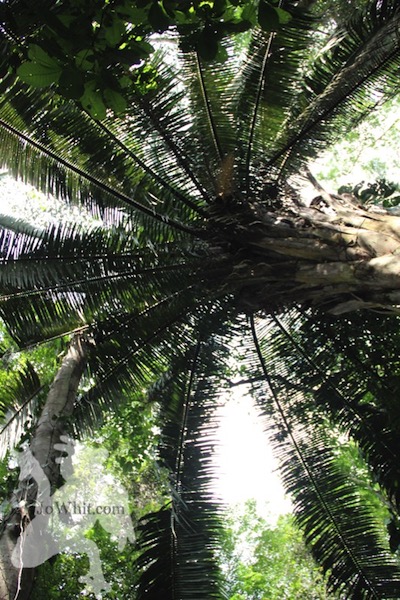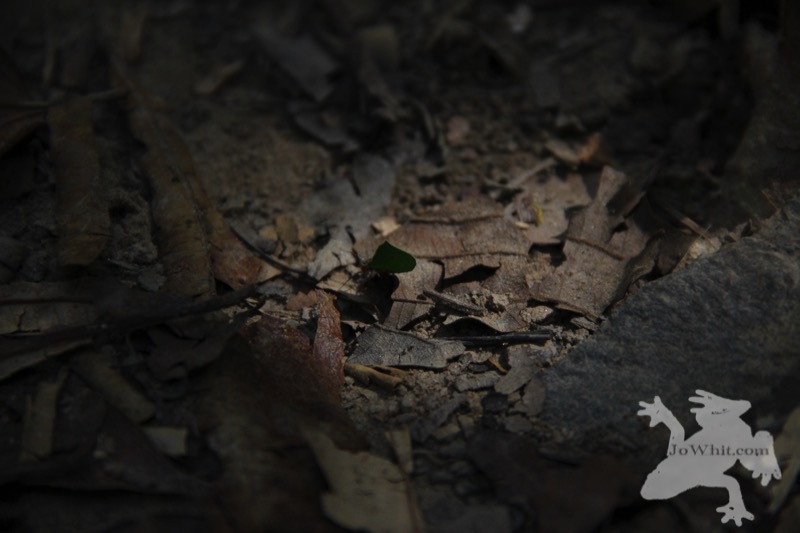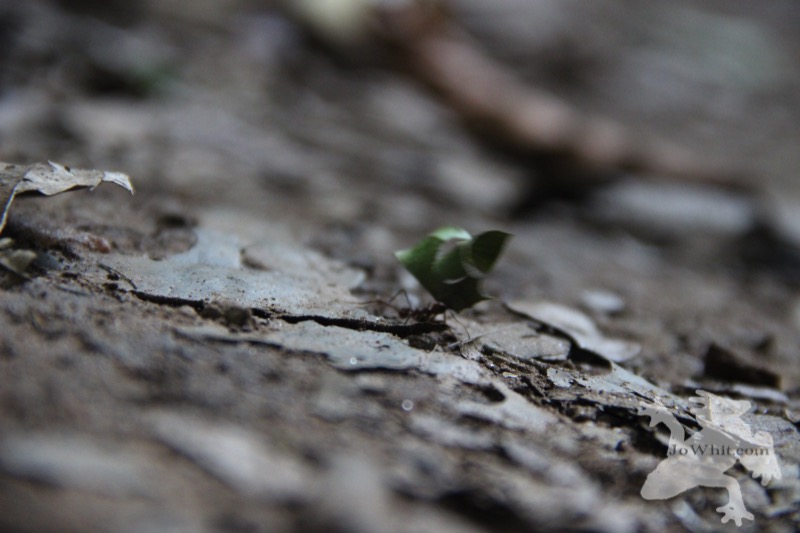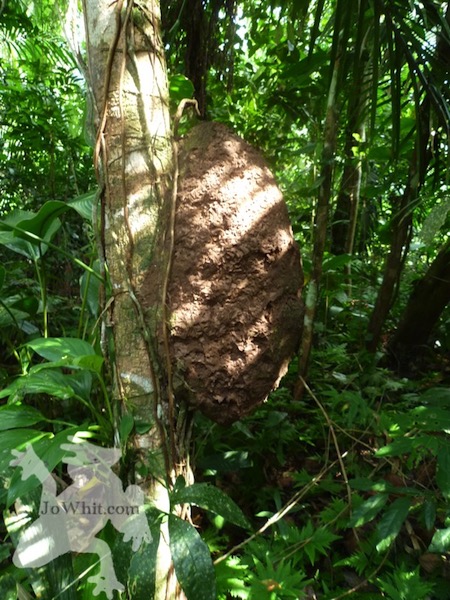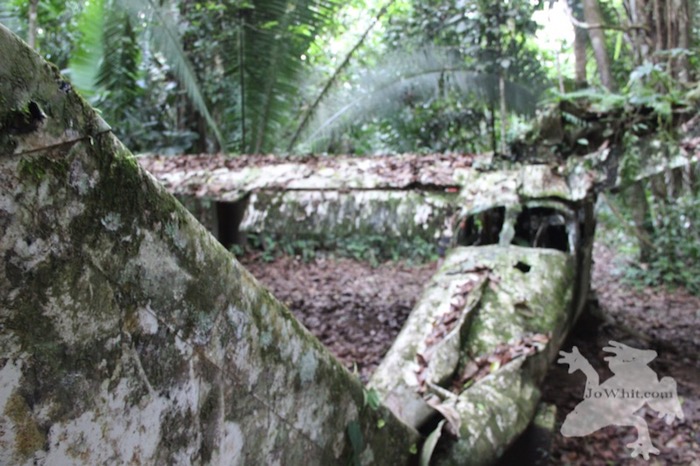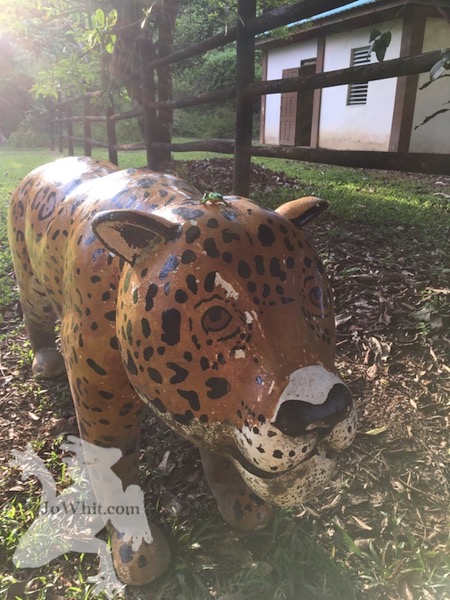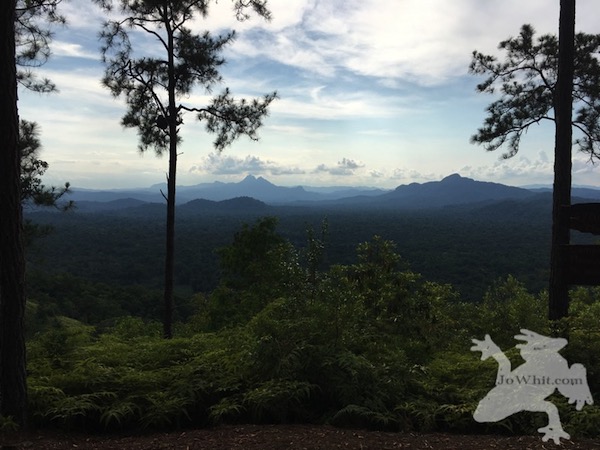
Thursday, May 10th
It must be some nefarious mixture of sand, salt water, and humidity that makes getting anything done take twice the time. It’s like trying to run in water. One has to give truly Herculean effort which probably explains all the guys lounging on porches around town. We struggled, pushed, pulled, harangued ourselves, and finally our effort paid off and we had managed to roll out of bed.
Even the local dogs appeared to be too tired to make it from one side of the street to the other side and instead stopped to rest in the middle – too tired even to woof at the chickens that scurried by. Chickens, those mysterious beasts, are the exception. Nothing really deters chickens from their incessant busyness. Even when you cut their heads off, they still run in circles with the same gusto and roosters crow without the need of the sun. They look well fed (if I were a chicken, I’d try to avoid looking well fed but apparently chickens haven’t read Hansel and Gretel). So why do they need to constantly peck for bugs? For those few readers who have not picked up on what is so obvious to me: they’re not really looking for bugs at all but instead are using a vast underground communications network based on a foul version of morse code.
Anyway, all that to say, convincing ourselves to trek through the jungle was hard. But we made it up to Ben’s Bluff eventually. Cockscomb Wildlife Sanctuary was a pretty easy drive from Hopkins. I’d heard people on Trip Advisor ask how far a walk it was from the Mayan Ladies craft shop (basically the entrance, where one can purchase $5 tickets) and after driving it, I’d say too far to walk if you want to have fun hiking once you get there. It was about 6 miles over a dirt road cut through jungle.
I wasn’t sure the difference between “forest” and “jungle” since the definition of jungle includes “forest” but after being in a jungle, I think it has to do with how well your deodorant works. In a jungle, it doesn’t work. I’m confident that old timey explorers would’ve used that metric – had they had deodorant – instead of saying that jungles tended to be in the Tropics, which in my view, is much less scientific and pragmatic. Deodorant is basically the litmus test for jungles. Besides, how in the world would I even know I’m in the tropics when I’m surrounded by thick vegetation and can’t see five feet in front of me? Obviously, because my deodorant isn’t working. Also, the difference between a forest and a jungle probably also has to do with whether you’re being hunted by a bear or by a jaguar.
Speaking of jaguars, Cockscomb Wildlife Sanctuary is a primer jaguar preserve. Even Prince Philip visited and planted a mahogany tree by the office back in 1988 (Belize being part of the British Commonwealth). For educational purposes I will include their own description. After all, this blog is nothing if not educational.
Cockscomb Basin Wildlife Sanctuary (CBWS) is recognized internationally as the world’s first jaguar preserve. It is also known for its spectacular waterfalls, mountain views, nature trails, and rich diversity of neotropical birds. The tracks of wildcats, tapir, deer, and other wildlife are often seen on hiking trails or along the bank of South Stann Creek”
We saw ants mostly – and lizards. I didn’t even get a good look at the bugs that bit me. The ants were interesting ants, though, because they were all on the march, carrying leaves back to their nest, I assume. I’m not sure what caused them to decide that the leaves on the far side of the hiking trail were superior to the leaves nearer their nest but they all seemed very intent.
There were ant trails crisscrossing the path. By which I mean beaten earth paths made by millions of tiny feet. They were so trodden down that we mistook them for game trails at first until we noted the odd routes they took – passing through narrow gaps between tree trunks, for example, which larger animals wouldn’t be able to squeeze through. One particular ant trail had killed and flattened all the grass in their 5” wide track. Green grass stuck up on either side of the horde as if they were the children of Israel on exodus through the Red Sea.
A lot of forums had mentioned wanting to spot a jaguar and bemoaning the fact that the odds are something like 1/17,000. To me that means that if you go there, there’s only a 1/17,000 chance that you’ll be eaten so that seems reasonably safe. The weird thing is that no one was taking about how jaguars can eat people. According to some guy on Quora who cares for jaguars in Mexico,
The jaguar, pound for pound, is the strongest cat with the highest bite force (along with the clouded leopard) of any cat on the planet. Most felines go for the throat, killing their prey by suffocation. Jaguars on the other hand, generally engage the back side and either puncture the skull directly, or crush/dislocate the neck vertebrae. Both produce quick and painless deaths.”
First of all, who was the guy who volunteered to find out that having something bite your head and crush your skull was painless? I’m always skeptical of supposedly painless things that kill the participant before he can write up a proper report. No wonder old timey explorers wore pith helmets. Sadly, I had left my bike helmet at home. At least jaguar attacks on humans are rare nowadays. In the past, they were more frequent, at least after the arrival of Conquistadors in the Americas.¹
I still wouldn’t trust them though. Once they run out of capybaras to eat, we’ll be back on the menu. Thankfully, my contribution to Team Whitmore is hyper vigilance. So no Chamawat Tiger² is going to be sneaking up on James while he bends to catch a lizard.
That same hyper vigilance detected an odd, incredibly loud and annoying sound coming from the jungle around us as I waded in the pool just below a little waterfall. It was either a locust-like bug or a murderer with a buzzsaw. I wasn’t able to accurately ID it but the sound stopped eventually so I assumed the guy had been intimidated by us and run off. Either that or he’d been eaten by a jaguar.
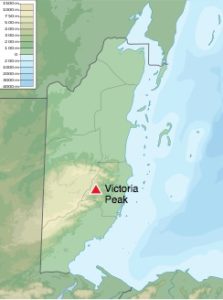 Otherwise, our hike had gone smoothly except that our deodorant had stopped working and it was steeper than we expected. Considering that the elevation of our Colorado town is higher than anything in Belize we also expected less wheezing. The view from the top was rewarding and we all sat on the picnic table for a while to take in the view of Victoria Peak, which is the second tallest mountain in Belize at 3,675ft (short of Doyle’s Delight by a few meters).
Otherwise, our hike had gone smoothly except that our deodorant had stopped working and it was steeper than we expected. Considering that the elevation of our Colorado town is higher than anything in Belize we also expected less wheezing. The view from the top was rewarding and we all sat on the picnic table for a while to take in the view of Victoria Peak, which is the second tallest mountain in Belize at 3,675ft (short of Doyle’s Delight by a few meters). We arrived back at our cabanas around dinner time. James and I immediately jumped into the ocean to cool off. Meanwhile, scores of little silver fish began jumping around us as we swam and while I hoped they didn’t have a survival reason for getting out of the water so quickly. In the end we just decided that they were intentionally trying to slap us in the face. One even bit my hand (while my hand was moving no less) so later that night we all got revenge by having seafood. The encrusted snapper and curry conch were pretty tasty after a long day of tramping through the jungle.
Footnotes:
- Per this Wikipedia article
- The Champawat Tiger was a female Bengal tiger responsible for an estimated 436 deaths in Nepal and the Kumaon area of India, mostly during the 19th century. Her attacks have been listed in the Guinness Book of World Records as the highest number of fatalities from a tiger. She was shot in 1907 by Jim Corbett. See Wikipedia.
